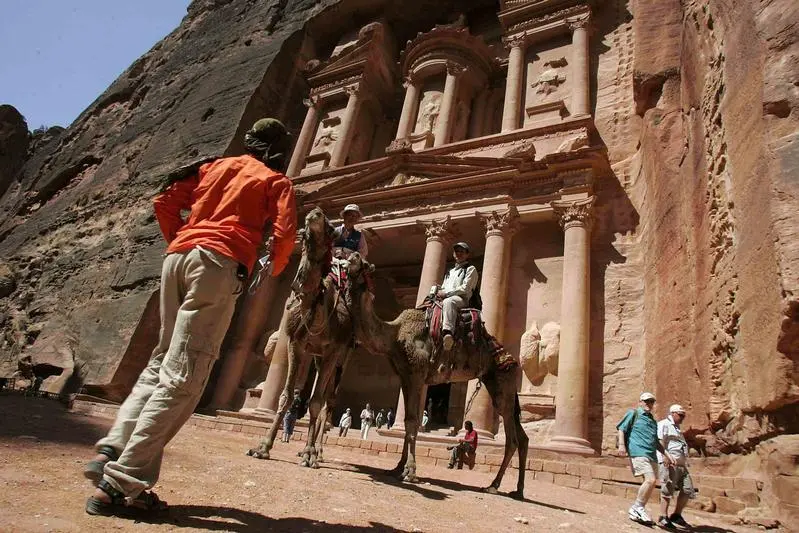PHOTO
Saturday, Apr 30, 2016
Dubai: As conflict and terror attacks keep most leisure travellers away from the region, Middle East countries are targeting Arabs, particularly from the Gulf, to stem falling visitor numbers.
Nearly six years after the start of the Arab Spring, many visitors remain cautious on visiting the region with war in Iraq and Syria and terrorist attacks in Egypt and Tunisia.
Egypt, once popular for its archaeological sites and resorts, saw a 40 per cent drop in visitors in the first quarter of 2016 while Jordan, which neighbours Syria to the north and Iraq to the east, saw a 23 per cent drop in 2015.
Europeans and Americans visiting Jordan have decreased since the Arab Spring because they don’t recognise Jordan is different, Jordan Tourism Board marketing manager Ahmad Al Hmoud told Gulf News last week.
“That’s why we are focusing more on our neighbouring countries,” he said at the Arabian Travel Market fair.
Before the Arab Spring, Jordan marketed itself as combined destinations where travellers from afar could also visit Lebanon and Syria. With Syria too dangerous to travel to, the Jordan Tourism Board has switched strategies to promote the country as a stand-alone destination, Hmoud said.
Egypt is also focusing more on Arab travellers with Saudi Arabians now one of the single largest visitors to the country, according to Hazem Hekawy, a manager at Egypt tourism agency Blue Sky Travel.
Combined, the Arab Gulf states are now the largest source market for Egypt, he said.
Six pillar strategy
Egypt has struggled to restore its image as a safe destination after long time President Hosni Mubarak was ousted in 2011. A number of terror attacks, including last year’s bombing of a Russian passenger jet, has done little for the country’s fragile image.
Egypt’s Tourism Minister Mohammad Yehia was in Dubai this week promoting the country’s new six pillar strategy that targets as many as 12 million visitors by the end of 2017. The country attracted around 8.9 million visitors last year, down from the record 14.7 million in 2010.
While overall visitor numbers are falling, visitors from the Arab Gulf to Egypt increased by 50 per cent in the first quarter, Yehia said last week,
Unlike Egypt and Jordan, Lebanon saw an increase in visitors in 2015, according to the country’s ministry of tourism, however, some reports have questioned the figures.
Charbel Hourany, business development manager at Lebanese travel agency and tour operator Aziz Holiday, said Europeans, Americans and Australians stay away “because of the situation … in the region”.
Lebanon is also trying to increase Arab tourists but a political fallout with Saudi Arabia this year led to the kingdom and the UAE banning their citizens from visiting the country. Other Gulf states have issued warnings against travelling to Lebanon.
Now Egyptians and Iraqis are the largest Arab visitors to Lebanon, according to Hourany.
“We hope that the situation will be good again politically and we get tourists again from these [Gulf] countries,” he said.
By Alexander Cornwell Staff Reporter
Gulf News 2016. All rights reserved.












